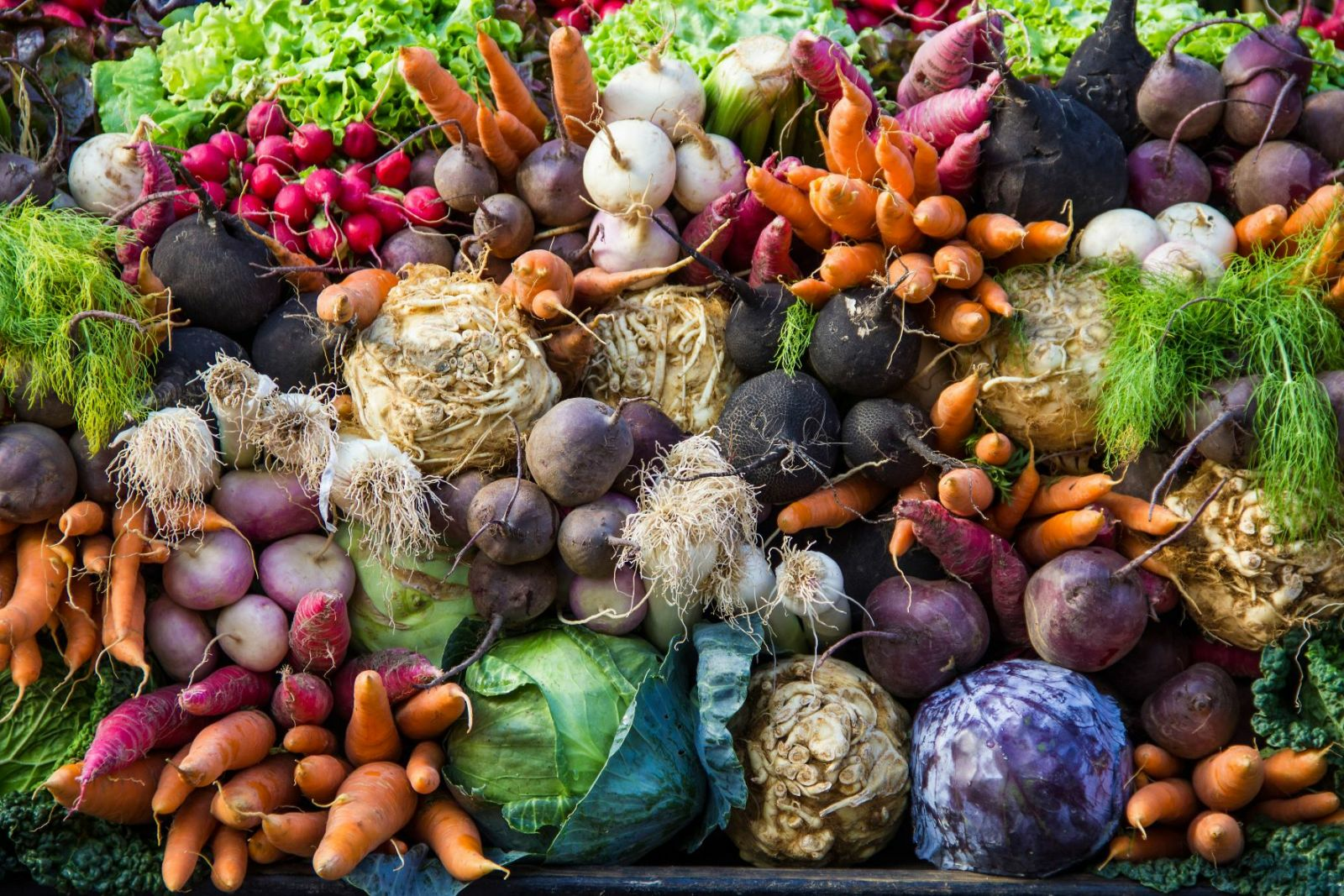Harvest time - when should you harvest which fruit and vegetables?
What should you look out for when harvesting?
Find out exactly which fruit and vegetables should be harvested and when. You can also find out which fruit and vegetables are still ripening and which should be harvested when ripe. What is the difference between "early vegetables" and "late vegetables"? The time of day also plays a bigger role in the harvest than you might think. We also show you the harvest times of important fruit and vegetable varieties.
Which fruit and vegetables can ripen?

When harvesting fruit and vegetables, it is useful to know which crops can ripen and which should be eaten straight away. This makes it easier to plan when what needs to be harvested and processed. In technical terms, fruit and vegetables that ripen after harvest are also called "climacteric". Whether fruit and vegetables can ripen is due to the plant hormone ethylene. This gaseous substance is also produced by ripening fruit after harvest. Ethylene ensures that certain metabolic processes continue to take place after the harvest so that the fruit continues to ripen. Because ethylene is gaseous, it also reaches nearby fruit and vegetables and ensures that they ripen more quickly. Non-climacteric crops (i.e. non-ripening crops) do not have ethylene receptors, which means that they cannot ripen later. Post-ripening foods include fruit such as apples, bananas, pears, quinces, apricots, peaches, plums, blueberries, medlars, melons and kiwis. Tropical fruits such as avocados, mangoes, papayas and bananas also ripen. Tomatoes can also ripen. Non-ripening fruits are berries such as strawberries, raspberries, currants and blackberries or citrus fruits, pomegranates, cherries and grapes. Peppers, leeks, zucchinis, carrots, cucumbers, eggplants and cabbage also do not ripen.
Early vegetables - better to harvest too early than too late
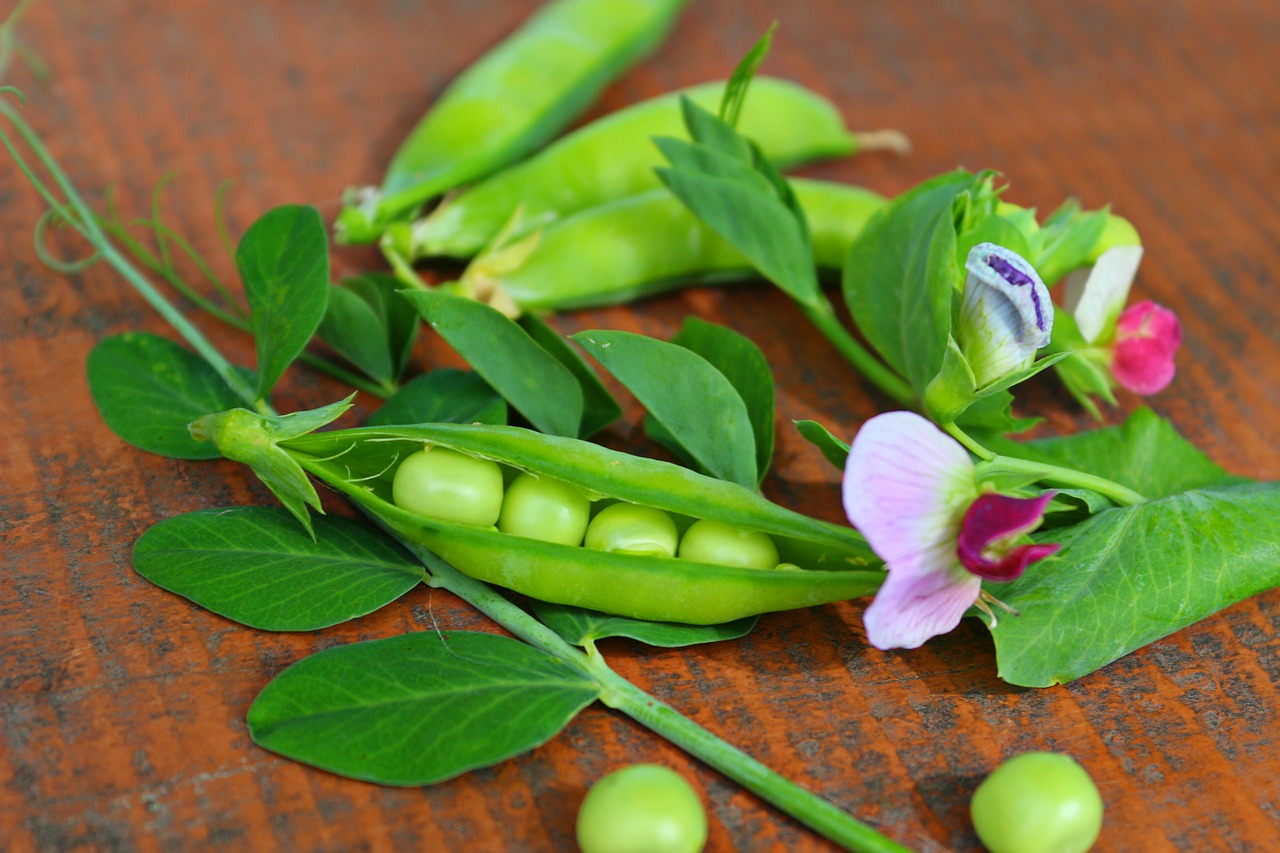
Not all vegetables should be harvested when fully ripe, otherwise their flavor will diminish. This means that they are harvested before they have fully developed their seeds or other reproductive organs, for example. These vegetables are known as "early vegetables". These include peas, for example, which become mealy over time, kohlrabi, which becomes woody, and zucchinis and cucumbers, which lose their aroma and whose skin can become very firm. Eggplants become wadded and dry if they are harvested too late, and are best harvested as soon as the skin loses a slight sheen and the seeds are still white. Cucumbers should always be harvested before the skin turns yellow. An exception to this is the peeling cucumber, which is only ready to harvest when the skin turns yellow. Cucumbers are usually ready to harvest when they have reached a size of 20 - 30 cm/7.9 - 11.8 in. Zucchinis can be harvested as soon as they have reached a size of 15 to 20 cm/5.9 - 7.9 in and the flower has completely faded. For peas, the right time is as soon as the peas are visible in the pods.
Late vegetables - the longer they ripen, the tastier they are
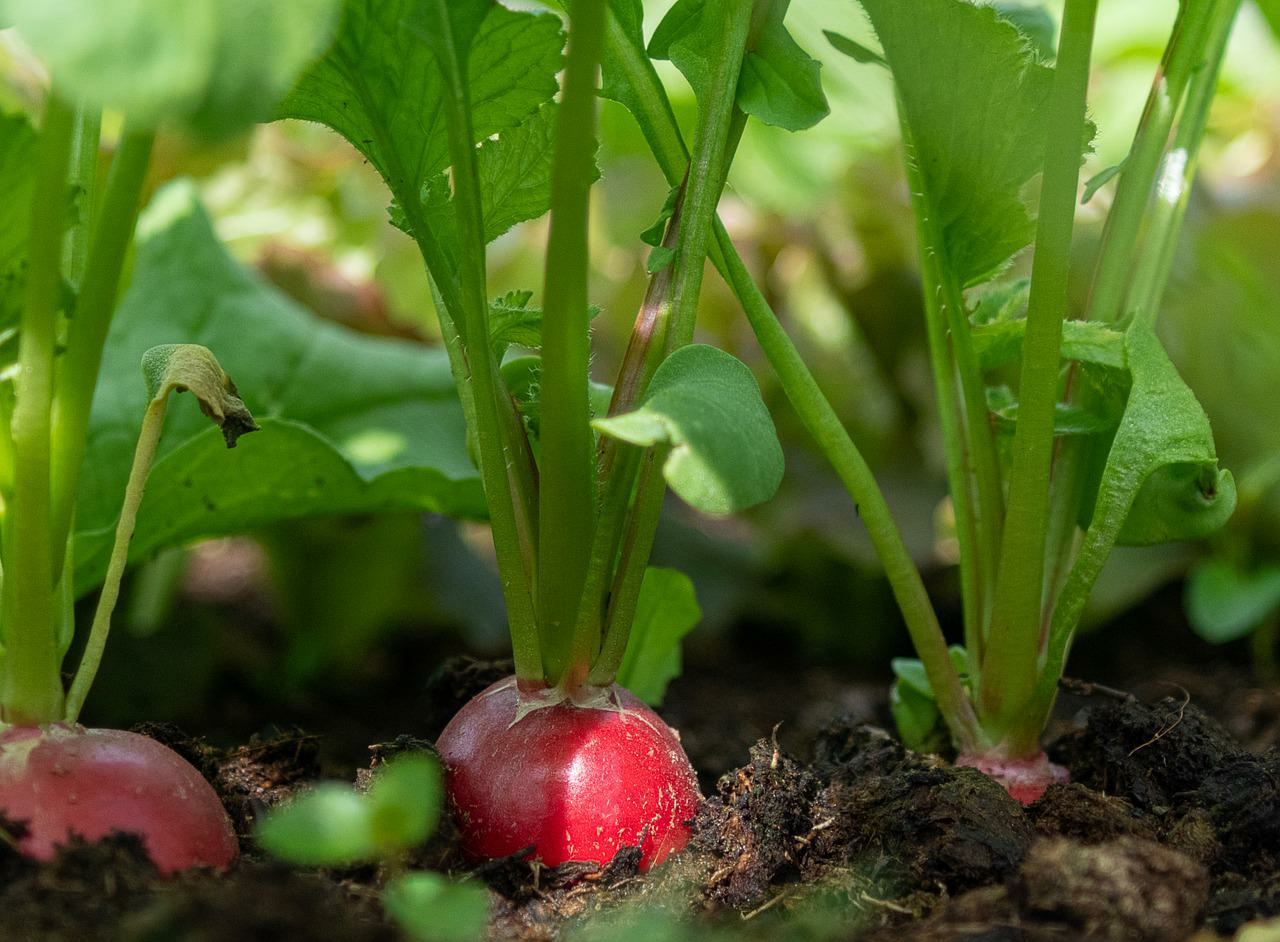
Late vegetables taste better the later they are harvested. This includes most root vegetables such as carrots. Parsnips and salsify can even be covered with straw or fleece in the garden over the winter. With radishes and radishes, however, you should be careful not to harvest them too late, as the roots will otherwise become woody or furry. Kale and Brussels sprouts only taste really good once they have had at least one night frost. If you choose late leek varieties, they can cope so well with frost that some of them will continue to grow in winter.
Recognizing the right harvest times

The perfect harvest time for many vegetables can be easily determined with a few tricks. Onions are ripe as soon as the leaves fold over and dry out. Rhubarb can be harvested when the leaves are completely unfolded. Cauliflower is ready to harvest when the florets are still white and closed. Ripe kohlrabi is about the size of a tennis ball. Sweetcorn can be harvested when the threads of the cobs turn black. With pumpkins, you can use the tapping test to find out the degree of ripeness. If the pumpkin sounds hollow, you can harvest it! To see if your sweet potatoes are ready to harvest, you can cut them slightly. If the cut area dries quickly and hardly juices at all, you can harvest it. Peppers are typically harvested when they are fully ripe. You can tell when they have reached their typical color. This can range from yellow, red to purple. However, green peppers are harvested unripe.
Harvest at the right time of day
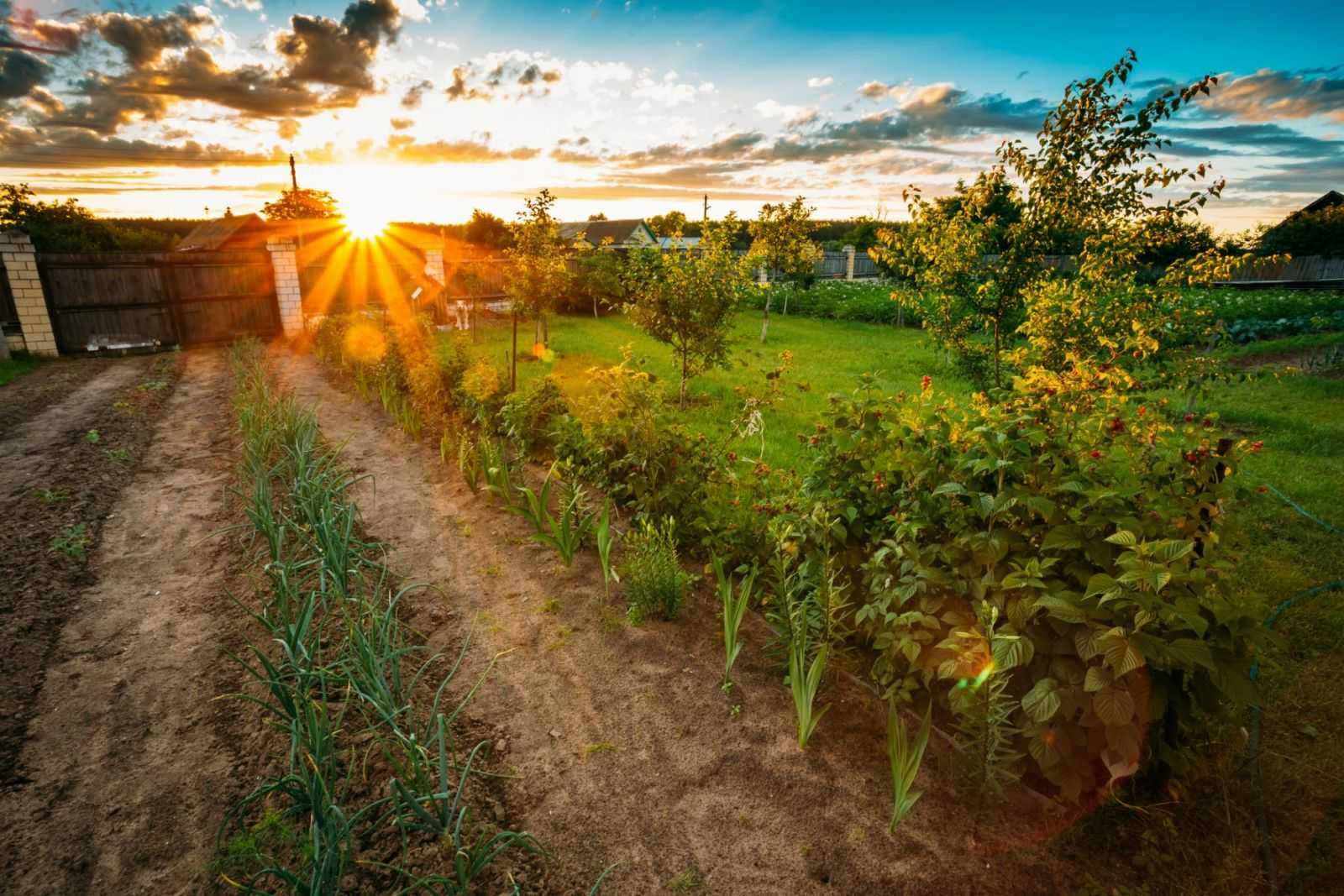
For some vegetables, the time of day at which they are harvested is important. Lettuce, spinach and other leafy vegetables should only be harvested in the evening, as this is when the nitrate content is at its lowest. Nitrate is important for plants because it allows proteins to be formed. Nitrate is broken down during the day, which means that the concentration is lowest in the evening. The same applies to the following vegetables: beet, kohlrabi, radishes and radishes. Nitrate is harmful to our health in higher concentrations, as it can be converted into nitrosamines in the body, which are carcinogenic. The vitamin content of many vegetables also increases during the course of the day. Only herbs should be harvested in the morning, as they can lose their aroma with the midday heat. Tip: You can keep the nitrate content of vegetables low with appropriate and coordinated fertilization.
Winter harvest
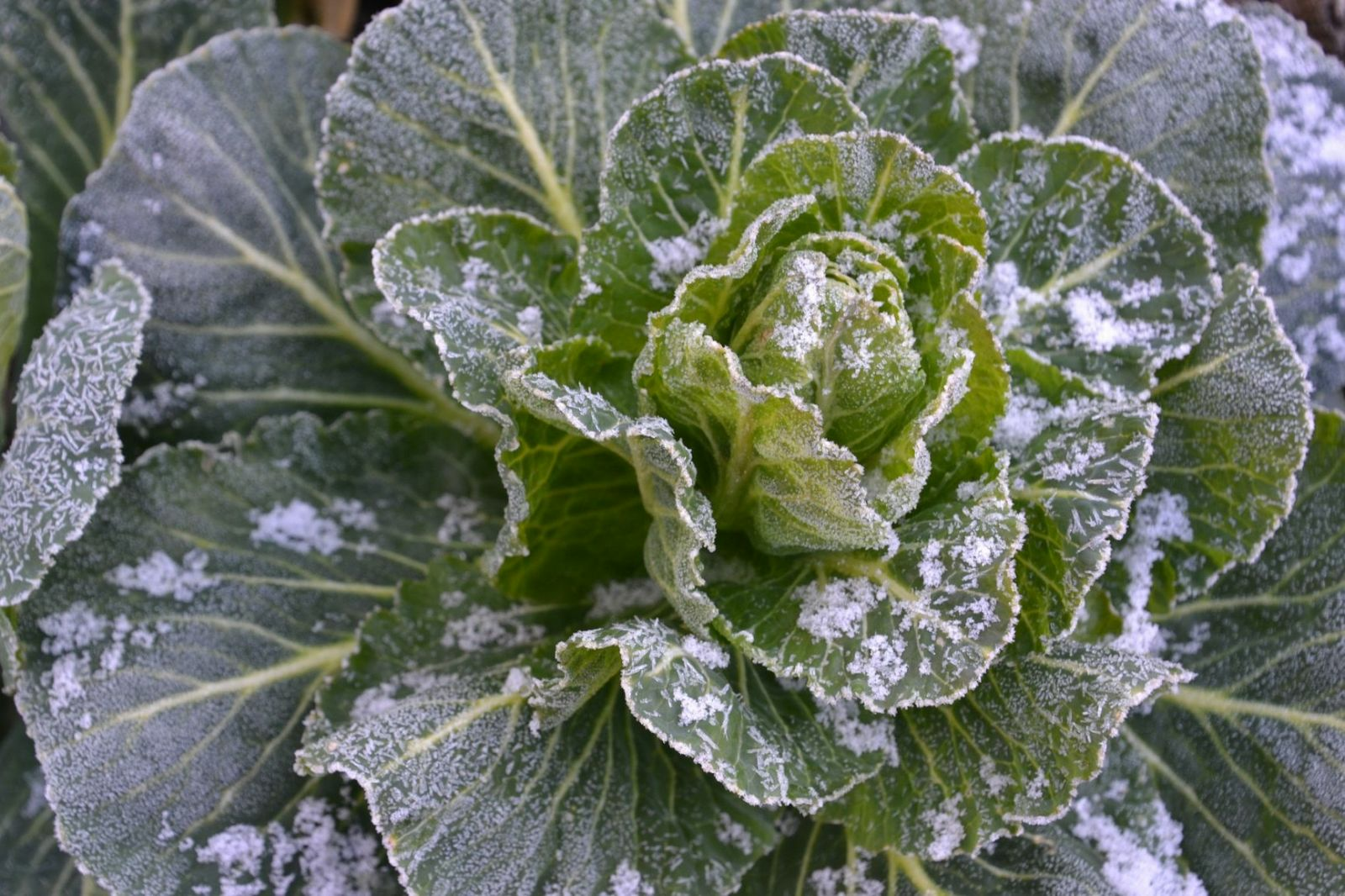
Some vegetables, such as chard, spinach, winter cress or postelein, can be harvested late into the winter. Other vegetables such as leeks, Jerusalem artichokes, Brussels sprouts or kale can also be left to overwinter in the field and harvested fresh from the garden throughout the winter. Find out more about growing vegetables in winter in our article.
Harvest time for the most important fruit and vegetables
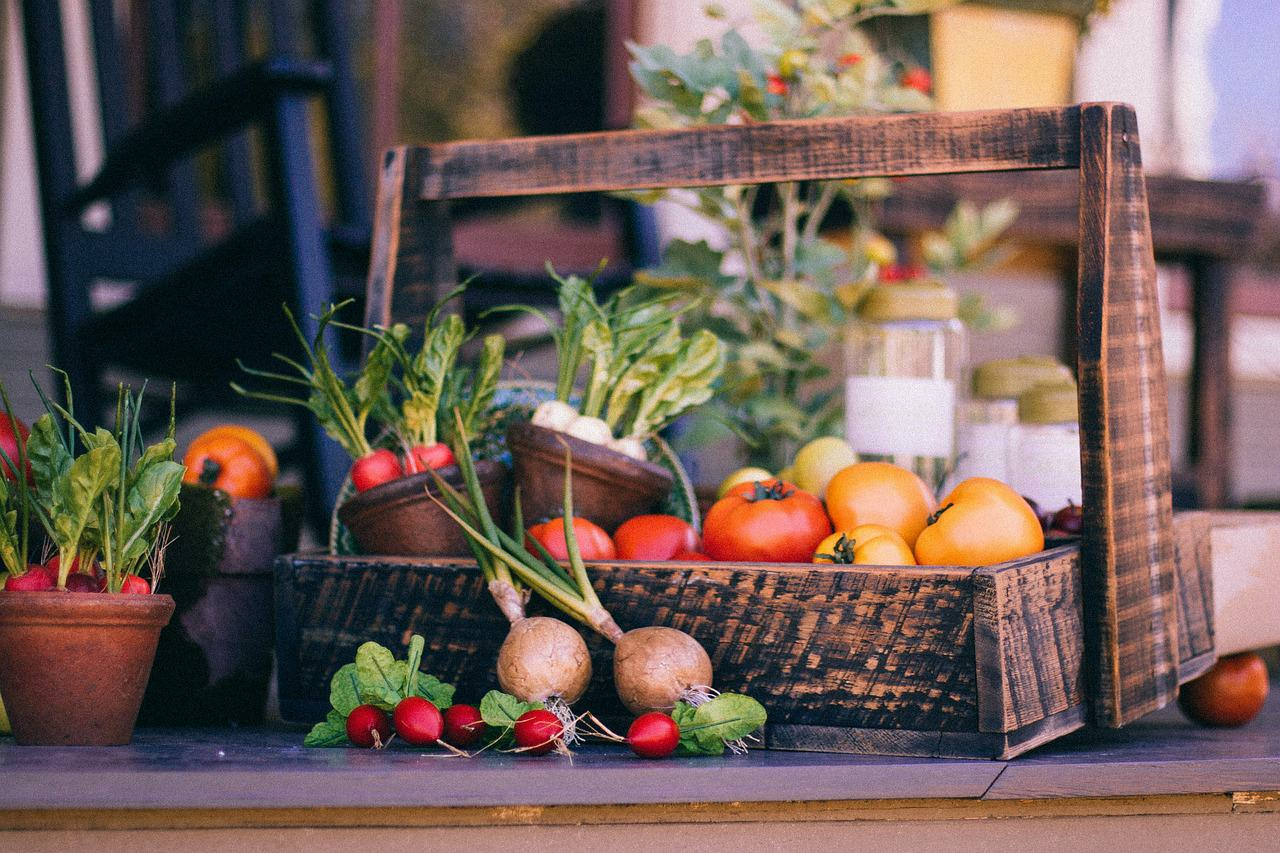
- Rhubarb: as soon as the leaves have unfolded until June 24, as the oxalic acid content can become too high later
- Tomatoes: In Germany, tomatoes are usually harvested from July to the beginning of September
- For sweetcorn, the harvest time depends on the variety. Early varieties can be harvested as early as July. Late varieties are ripe between September and October
- Apples: Early apple varieties are already ripe in July. Late varieties can be harvested between August and September.
- Quinces are harvested in October, but should be picked before the first frost.
- Blackberries can be harvested from July to October.
- Gooseberries can be harvested from May to August.
- Pumpkins are usually harvested from mid-August to the end of October.
- Kohlrabi can be harvested in Germany from April to October, depending on the time of sowing.
- Potatoes are harvested from early summer to autumn. Early potatoes can be harvested from the end of May to the end of June, while late potatoes are dug out of the ground between September and October.
- Beetroot is harvested around three months after sowing. As the beetroot can be sown from mid-April, it can be harvested as early as July. However, the main harvest time is August and September.
shutterstock
